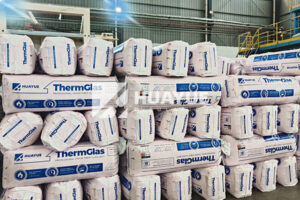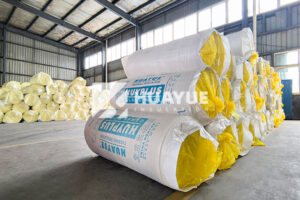Attic Pink Insulation: What Should You Really Know?
Most homeowners worry about keeping energy bills down, but attic insulation can feel confusing. Is the pink stuff in your attic safe, effective, and long-lasting?
Pink insulation in attics is usually fiberglass, known for its good thermal performance, affordability, and safety when installed correctly. It does not contain asbestos and is not a food source for mice.
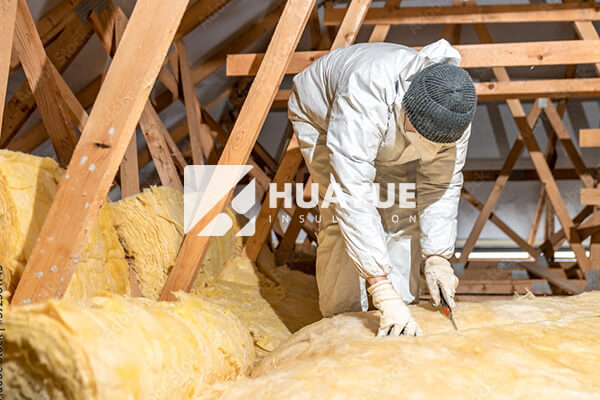
When I first renovated my home, I stared at pink insulation and wondered what it was and whether it was the best choice. Many people, like me, want clear answers before deciding how to insulate their attic. To help you make the right call, let’s break down the facts about pink attic insulation and answer the most common questions.
What is the pink insulation in attic?
Many attics are filled with fluffy pink insulation, but what is it made of and why is it so common?
Attic pink insulation is most often made from fiberglass, which is spun from molten glass into fine fibers. It is colored pink by manufacturers for branding and visibility during installation.
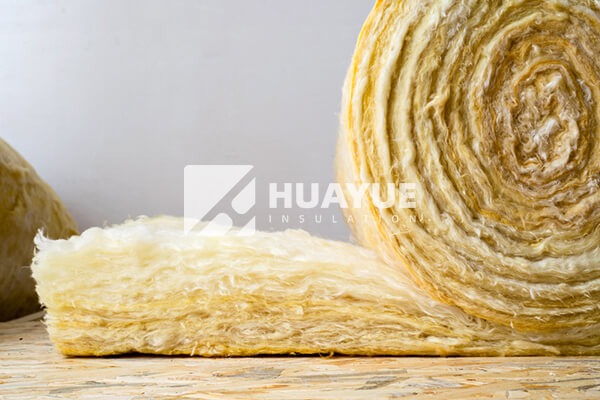
Attic pink insulation is popular because fiberglass is lightweight, easy to handle, and has excellent thermal resistance properties. It slows down the flow of heat, meaning it helps keep a house cool in the summer and warm in the winter. The process begins with recycled glass and natural sand. These ingredients get melted down at high temperatures. The molten glass is spun into thin fibers, then formed into batts or loose-fill that you see as the pink material.
The pink color? It’s not an indicator of any special chemical or hazard—it often comes from a harmless dye added by major brands (like Owens Corning) to help installers and inspectors visually identify the product and ensure coverage. Fiberglass insulation has been used for decades across residential and commercial buildings for its cost-effectiveness and durability. It is usually placed between attic joists or spread across attic floors. If installed properly, it resists mold and does not settle over time, maintaining its R-value, or thermal resistance level.
Here is a table showing typical pink insulation characteristics:
| Feature | Detail |
|---|---|
| Material | Glass fibers |
| Color | Pink (dyed for branding) |
| Main Benefit | Thermal insulation |
| Application | Batt, roll, or loose-fill in attics |
| Lifespan | 20+ years if undisturbed |
Does pink attic insulation have asbestos?
Home safety is always a concern. Is there asbestos hiding in pink attic insulation?
Modern pink attic insulation does not contain asbestos. Fiberglass became standard after asbestos use stopped in the late 1970s. Always check older homes, but if the insulation is pink and fluffy, it is most likely fiberglass and asbestos-free.
Homeowners often question older insulation, worried about asbestos, which was common in building materials until its health risks became clear. Pink attic insulation, specifically made from fiberglass, has never been manufactured with asbestos. Major insulation producers switched to fiberglass decades ago, especially in the form of batts and loose-fill commonly seen in attics.
If you own a house built after the 1980s, I can say confidently your pink insulation is asbestos-free. In homes built earlier, always check the age and type of insulation. If you see brown, gray, or pebble-like material that crumbles easily, get it tested before doing any work. Pink fiberglass fibers do not pose the health risk that asbestos does, but you should still wear protective gear when handling them, as the fibers can irritate skin and lungs.
Does pink insulation attract mice?
No one wants pests in their attic. Does pink fiberglass insulation attract mice or rodents?
Pink insulation does not attract mice since fiberglass is not a food source. However, if there are gaps or entry points, rodents may still nest in any type of insulation for warmth, including fiberglass.
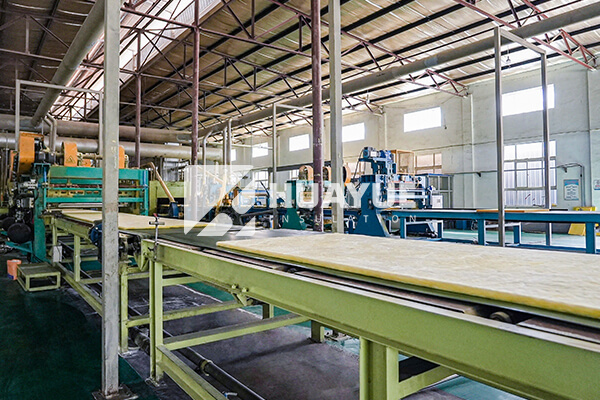
Mice and rodents are always looking for warm, quiet spaces to build nests. Nothing about the pink color or the glass fiber material appeals to mice as a food. However, all types of attic insulation, even fiberglass, offer a soft environment that rodents may use if they find an entry point. I’ve seen cases where neighbors discovered mouse tunnels not from the insulation itself but from holes around roof edges or vents.
The best way to prevent this problem is to inspect your attic for potential openings and seal them. I recommend using steel wool or metal flashing around pipes, vents, and other entry spots—mice cannot chew through these materials. Traps and ongoing inspection also help. Keeping your insulation dry and undisturbed also reduces the risk of rodent nesting.
Here is a summary table:
| Factor | Pink Fiberglass Insulation |
|---|---|
| Attracts mice/rodents? | No, not a food source |
| Nesting risk | Only if there is entry access |
| Prevention | Seal gaps, maintain attic |
| Odor | None to attract pests |
How does pink attic insulation work?
You may still wonder how a layer of pink insulation helps keep your house comfortable year-round.
Pink attic insulation slows heat transfer by trapping air within its fibers. This creates a barrier that prevents heat from escaping in winter or entering in summer, helping regulate your home’s temperature efficiently.
Insulation works because air is a poor conductor of heat. The glass fibers in pink insulation trap pockets of air, making it hard for heat to move quickly through the material. When the attic is properly insulated, it stops conditioned air (heated or cooled by your HVAC system) from escaping. This means rooms below stay warmer in winter and cooler in summer.
It also means less energy is needed to heat or cool your home, saving you money in the long run. For me, installing enough insulation in the attic cut my heating bills and made my house feel less drafty. The effectiveness of insulation is given as an R-value, and standard fiberglass batts offer an R-value between R-2.9 and R-3.8 per inch. Stack several inches, and you gain significant protection from outside temperature swings.
A comparison of insulation functions:
| Function | How Pink Insulation Works | Impact |
|---|---|---|
| Heat Transfer | Slows conduction, traps air | Reduces energy needed for heating/cooling |
| Moisture Block | Some, but not vapor-proof | Needs vapor barrier in humid regions |
| Sound Control | Absorbs some noise | Makes attics/quieter |
| Longevity | Maintains thickness over time | No settling, keeps original performance |
Conclusion
Attic pink insulation is safe, affordable, and effective. It does not have asbestos, resists pests, and helps save on energy bills when installed and maintained properly.
You may also be interested in:
Ready to Get Started?
Get in touch with our experts for personalized solutions tailored to your needs.
Get Free QuoteLatest Articles

Glass Wool Fire Rating: How Safe Is Your Insulation?
Dec 25, 2025
Let's Work Together
Ready to take your business to the next level? Get in touch with our team of experts and let's discuss how we can help you achieve your goals.
Get Free Solutions
